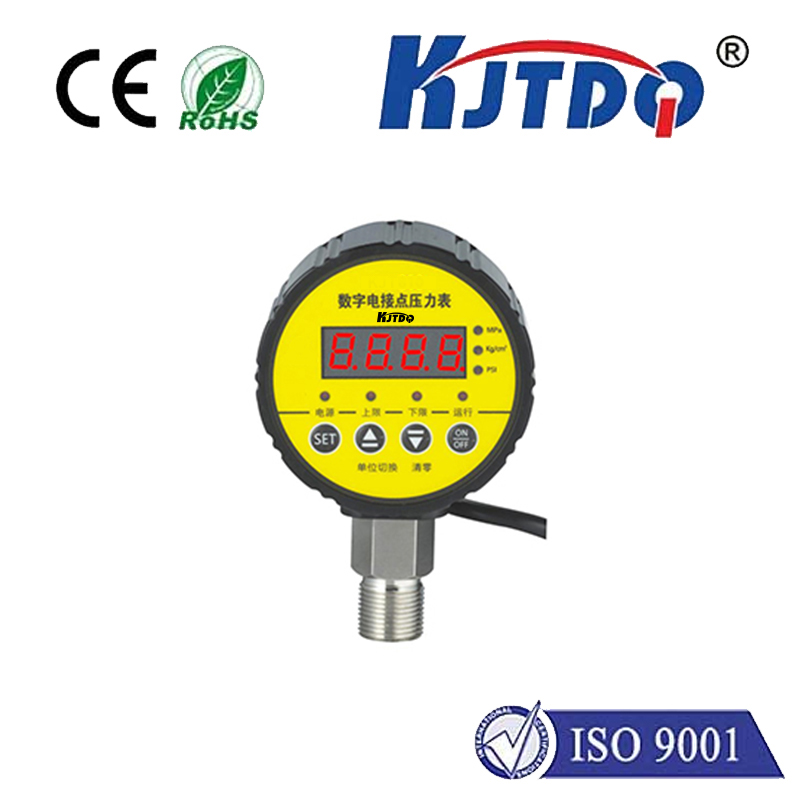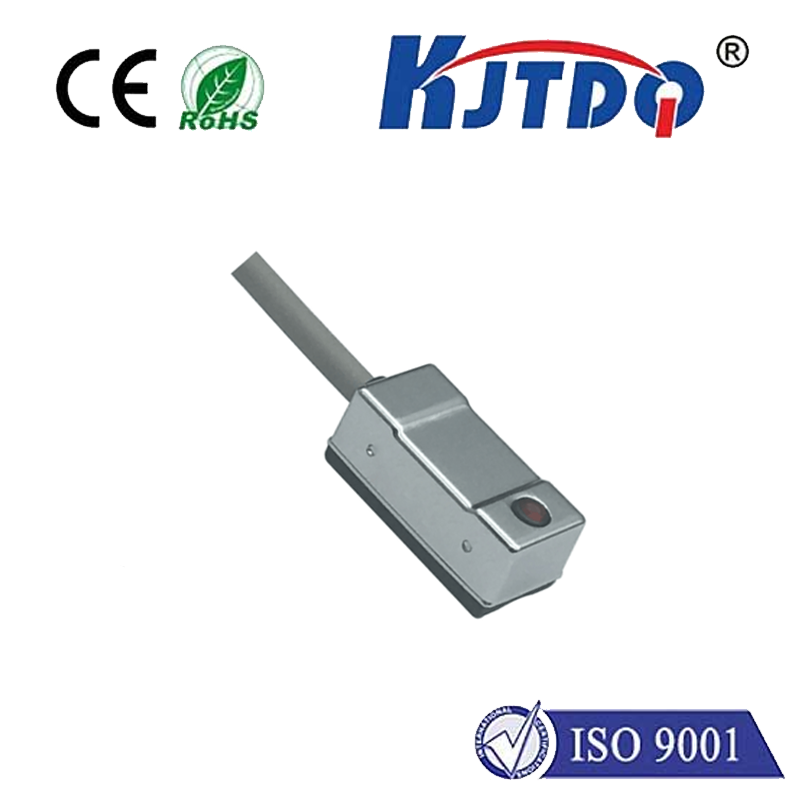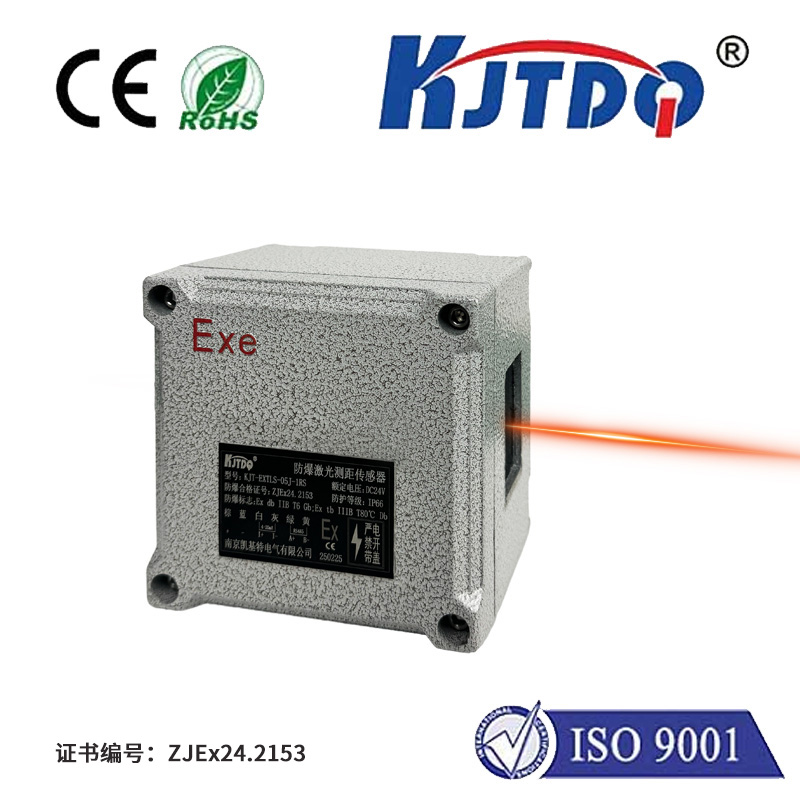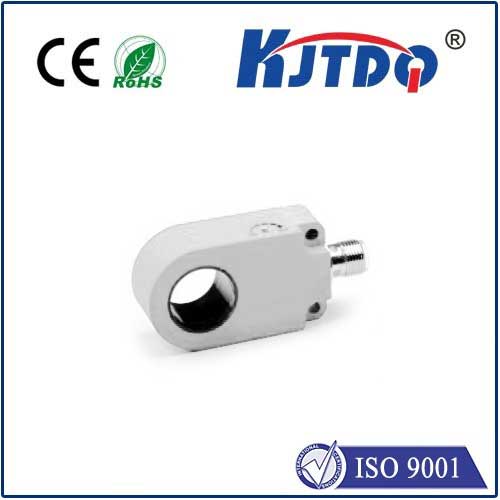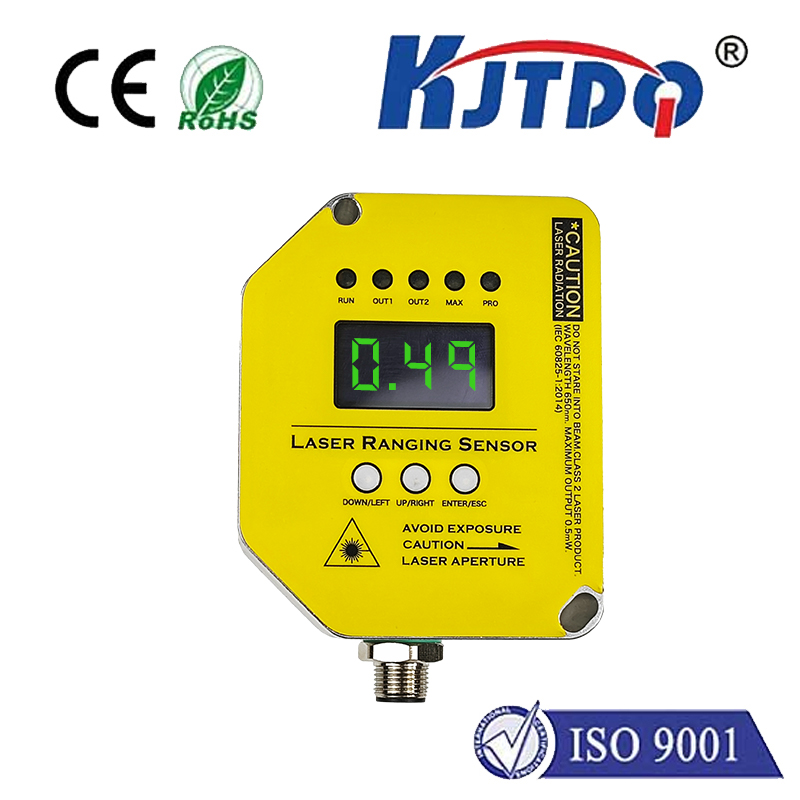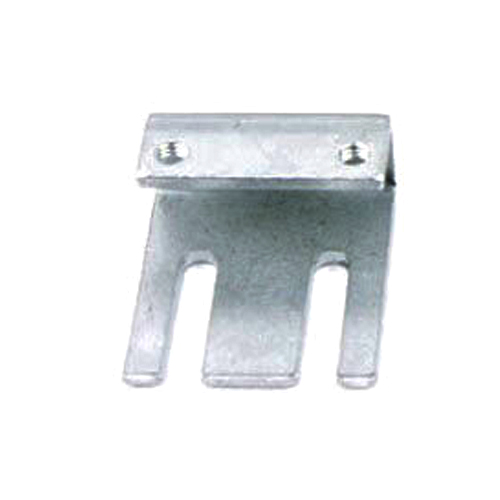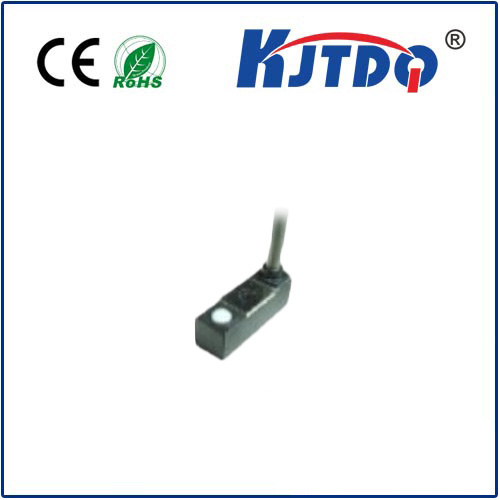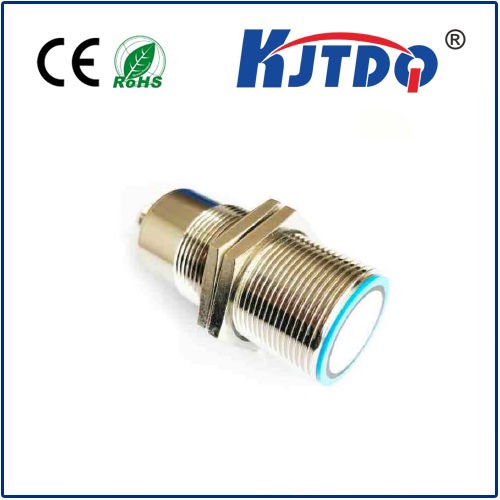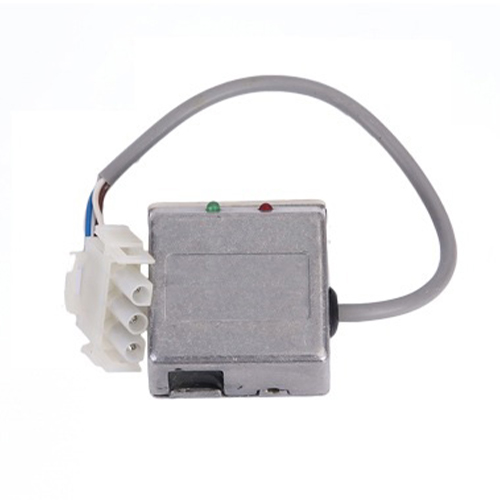piezo pressure sensor
- time:2025-08-19 09:23:14
- Click:0
Piezo Pressure Sensors: Demystifying Precision Dynamic Measurement
Imagine controlling industrial machinery with the subtlety of a feather’s touch or measuring the fleeting pressure spike inside a rocket engine. These feats of modern engineering rely heavily on a specific class of highly responsive sensors: piezoelectric pressure sensors. But what makes them uniquely suited for capturing transient events and dynamic forces that other pressure sensors might miss?
At their core, piezo pressure sensors operate on a fundamental physical phenomenon discovered over a century ago: the piezoelectric effect. This principle dictates that certain crystalline materials (quartz, tourmaline, or specialized ceramics like PZT - Lead Zirconate Titanate) generate an electric charge when subjected to mechanical stress. Crucially, the reversibility of this effect means applying an electric field can also cause these materials to deform. For pressure sensing, we exploit the direct piezoelectric property: force applied translates directly into an electrical signal.
How They Convert Pressure into Signals: The Heart of the Mechanism
A typical piezo pressure sensor houses a piezoelectric element (often a thin disc or plate) securely mounted within a robust housing. One face of this crystal is exposed to the pressure medium via a diaphragm or direct contact. When pressure fluctuations act upon this diaphragm:

- Force is Transferred: The force from the applied pressure is transmitted onto the piezoelectric element.
- Crystal Deformation: The crystal undergoes minute deformation (strain).
- Charge Generation: Due to the piezoelectric effect, this deformation causes a displacement of internal positive and negative charges within the crystal lattice, generating a surface charge on the electrodes bonded to the crystal faces.
- Signal Output: This generated charge is proportional to the applied force and, consequently, the pressure acting on the diaphragm. The sensor’s internal electronics (charge amplifier built-in or external) convert this high-impedance charge signal into a usable low-impedance voltage signal.
It’s vital to note a key distinction: piezoelectric pressure sensors are inherently dynamic measurement devices. They excel at measuring rapidly changing pressures rather than static or slow-moving pressures. Why? The generated charge is not perfectly stable over long periods; it can slowly dissipate (leak away) through the sensor’s internal resistance, meaning the output signal tends to drift towards zero under constant pressure. This makes them less suitable for applications like measuring steady tank levels but ideal for capturing impacts, explosions, pulsations, or vibrations.
Where Piezo Pressure Sensors Reign Supreme: Key Applications
Their unique ability to capture high-frequency pressure changes with exceptional response times makes piezo sensors indispensable across demanding industries:
- Automotive & Aerospace Engineering:
- Engine Combustion Analysis: Precisely measuring cylinder pressure variations during combustion cycles for optimizing fuel injection, ignition timing, and engine efficiency (Knock Detection).
- Turbocharger & Manifold Pressure: Monitoring dynamic pressure pulsations in intake and exhaust systems.
- Fuel Injection Pressure: Measuring the rapid pressure surges within common rail or GDI systems.
- Aerodynamic Testing: Capturing transient pressure loads on wings, fuselages, and control surfaces during wind tunnel or flight tests.
- Hydraulic & Pneumatic Systems: Monitoring pressure spikes and surges in actuators and lines.
- Industrial Process Control & Monitoring:
- Machinery Health Monitoring: Detecting pressure pulsations in pumps, compressors, and hydraulic systems to predict failures like cavitation or valve issues.
- Blast & Impact Measurement: Assessing shock waves and dynamic forces in mining, demolition, and structural testing. Safety testing often relies on their robustness.
- Process Pulsations: Monitoring vibrations in pipelines or reactors.
- Research & Development:
- Fluid Dynamics Research: Studying transient pressure phenomena like water hammer or turbulence.
- Ballistics & Explosives Research: Measuring extremely rapid pressure changes from detonations.
- Material Testing: Characterizing how materials respond under impact loading.
- Medical Technology (Specialized Applications):
- Intracranial Pressure (ICP) Monitoring (Research/Certain Devices): Some specialized systems utilize piezoelectric principles.
- Catheter Tip Sensors: Measuring dynamic blood pressure variations directly within vessels.
- Respiratory Analysis: Monitoring airflow pressure dynamics.
The Distinct Advantages and Considerations
Choosing a piezo pressure sensor is driven by its inherent strengths, though understanding its limitations is crucial:
Advantages:
- Exceptional Dynamic Response: Capable of measuring very rapid pressure changes up to hundreds of kilohertz.
- High Rigidity & Natural Frequency: Their stiff construction gives them a high natural frequency, minimizing resonance distortion and enabling accurate capture of fast transients.
- Ruggedness: Generally very robust and resistant to shock and vibration, suitable for harsh environments.
- Wide Operating Temperature Range: Many models function reliably at very high (or very low) temperatures where other sensor types fail.
- Compact Size: Their fundamental simplicity often allows for relatively small designs.
- Self-Generating: They require no external voltage excitation (only for the charge amplifier stage), simplifying some designs. The piezoelectric element itself generates the charge signal.
Considerations:
- Static Pressure Limitation: As mentioned, they are not ideal for measuring constant, unchanging pressures.
- Sensitivity to Temperature: Piezoelectric materials can exhibit pyroelectric effects (generating charge due to temperature changes) and their sensitivity can drift with temperature. High-quality sensors incorporate compensation circuits.
- Charge Amplification Required: The tiny charge signals need sensitive, high-impedance amplification, which can add cost and complexity.
- Mounting Effects: Seismic effects and sensor mounting can influence low-frequency response.
Essential Design Configurations: ICP vs. Charge Mode
Most modern industrial piezo pressure sensors come in two primary electronic configurations integrated into the sensor housing:
- Integrated Electronics Piezoelectric (IEPE) or ICP® Sensors (a trade name by PCB Piezotronics): These incorporate a miniature charge amplifier directly within the sensor housing. They require a constant current DC power supply (typically 2-20 mA, 18-30 V) provided via the signal cable. The output is a low-impedance voltage signal (e.g., 1-10 mV/V) that can be transmitted over long cables using standard coaxial cables without significant signal degradation. This is the most common and convenient type for most applications.
- Charge Mode Sensors: These output the raw, high-impedance charge signal (measured in picoCoulombs per unit pressure, pC/bar/pC/psi). They require an external charge amplifier, which must be located close to the sensor to minimize cable capacitance effects and noise pickup. Used for very high-temperature applications or where the absolute lowest noise floor is critical.
From enabling the precise tuning of a high-performance race car engine to safeguarding industrial equipment by detecting catastrophic pressure spikes before failure, piezo pressure sensors provide the critical window into the invisible world of dynamic forces. Their unique ability to translate fleeting, high-frequency pressure phenomena into actionable electrical signals makes them an indispensable tool wherever the pulse of a system needs to be captured with speed and precision. When your application involves capturing the dynamics of pressure rather than just its static state, a piezo sensor is often the undisputed champion.












